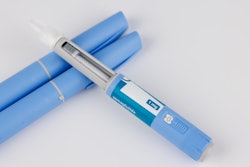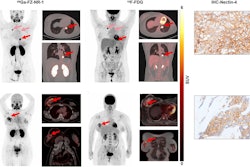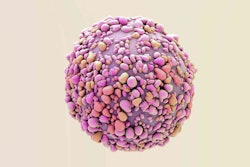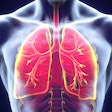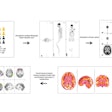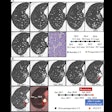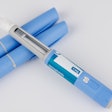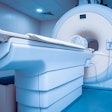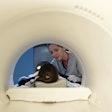Nearly two-thirds of breast cancer patients under the age of 65 demonstrate low bone mineral density on PET/CT scans, researchers have reported.
The finding is from an analysis of 385 patients who underwent routine scans and supports the use of PET/CT as an opportunistic tool for identifying patients at risk for osteoporosis, noted lead author Katherine Quesada Tibbetts, a medical student at the University of South Florida in Tampa, and colleagues.
“Although not currently employed as a primary screening tool for osteoporosis, PET/CT enables opportunistic assessment of vertebral [Hounsfield units], which correlates strongly with [bone mineral density] and fracture risk,” the group wrote. The study was published on August 11 in Clinical Breast Cancer.
Breast cancer treatments contribute to early bone loss, yet current osteoporosis screening guidelines exclude patients under 65 years old from gold-standard diagnostic dual-energy x-ray absorptiometry (DEXA) exams, the authors explained. Moreover, DEXA exams are costly, and many insurance plans will not cover the tests for younger women, they added.
Alternatively, Hounsfield units (HU) of the L1 vertebra of the lumbar spine are a measure of bone density that can be easily calculated on the CT portion of hybrid PET/CT scans. Women with breast cancer routinely undergo these scans to identify tumors and to monitor response to treatments.
The researchers set out to illustrate the prevalence of premature bone demineralization and increased risk of osteoporosis in breast cancer patients using HU on existing PET/CT scans. They identified 385 patients (average age, 53) with breast cancer who had PET/CT at Tampa General Hospital between January 2018 and January 2024.
According to the analysis, the median HU score for the patient cohort was 148.6 HU (minimum: 35.19 HU; maximum: 539.1 HU). Sixty-five percent (n = 249) of patients were below the threshold of 165 HU and, therefore, had an increased probability of low bone mineral density (BMD), the group reported.
Of these 249 low BMD patients, approximately 17% (n = 42) were identified within the range of osteoporosis. In the full cohort, 11% of the patients (n = 42) were identified as high risk for osteoporosis, according to the results.
“These findings support integrating HU-based bone assessments of routine PET/CT scans into clinical workflows,” the group wrote.
The underscreening, underdiagnosis, and undertreatment of osteopenia in women with breast cancer puts them at risk of recurring low-impact fractures and fragility fractures, as osteoporosis is typically not diagnosed until a fracture has already occurred, the group wrote. It added that for breast cancer patients already undergoing PET/CT for staging or surveillance, the incremental cost and radiation burden of analyzing vertebral HU is negligible.
“While PET/CT may not presently fulfill the criteria of an ideal screening test in the general population, it holds promise as a targeted, opportunistic screening tool in high-risk oncology subgroups,” the authors concluded.
The full study is available here.






